A tiny kitchen, small room, low ceilings, cramped spaces — all these things can lead to the belief that you have limited opportunities to style your home exactly as you want it. But there are plenty of ways to spread the wings of your imagination in even the smallest rooms. You need to know how to increase the space — or the perception of space — available to you.
To help give you some inspiration, here are 20 ways to help transform small spaces in your home.
01. Choosing The Right Curtains
Choosing the same color for your curative on the walls will give a sense of volume to the room. Avoid selecting curtains that are thick, heavy, and long.
02. As Much Natural Light As Possible
Don’t use window ledges as bookshelves; don’t put flowers there either. The window panes should always be completely clear and clean. Even the smallest room, if filled with the maximum amount of natural light, will feel more comfortable, airy, and cozy simultaneously, rather than cramped.
03. Furniture On Legs
Whether it’s a sofa or a bed, a work desk, a cupboard, or a chest of drawers, a great way to enhance the actual and the perception of space in a room is to have everything on legs rather than pressed against the floor.
04. Order In The House
Think carefully about how best to store things in your home, and pay attention to constantly clearing away shoes, clothes, and other objects, so they’re left only in their designated place. Avoid having too many cushions and other decorations. While some may feel homely, a sense of chaos in the home only increases the perception of a lack of space to live and breathe.
05. Neutral Colors As Your Base Colors
You can never go wrong in choosing light, warm pastel colors for your walls, ceiling, floor, and some pieces of furniture. You’ll be surprised how much this enhances the feeling of space in a small room.
06. Use Ready-Made textiles
Don’t be afraid to buy ready-made patterned pieces of furniture. These have the advantage of allowing you to buy sets for things like cushions, curtains, and tablecloths. A single pattern used for different pieces of furniture enhances the sense of how much space there is in a room.
07. Multi-Use Furniture
It’s always good to have a preference for multi-use furniture — a sofa which turns into a bed, for example, or a fold-away kitchen table; a chair on wheels which can be used in various rooms. The space in a small room should never be static if at all possible. The more you can shift things into different rooms or change the position of furniture kept in one room, the more space you will have in it at any time.
08. Use Of Mirrors
Mirrors placed close to windows are instrumental in creating a greater sense of space. Mirror doors for a wardrobe or the door to a room are a great option here.
09. A Balanced Choice Of Furniture
Having only a tiny number of full-sized pieces of furniture in a room is a great way to economize on space. But if this leads you to choose much smaller pieces for the remaining furniture, the contrast between elements will give the room a confused look. Instead, try to select parts of furniture that are the same size but have as few as possible in each room.
10. Use The Height Of A Room To Maximum Effect
A great way to save space is to have a bookshelf (or any other kind of shelf where you store various objects) that stretches from the floor to the ceiling. They may seem overly large initially, but you will notice the difference in terms of the space saved and your perception of the room’s size.
11. Enlarge The Windows
Hang the curtains high on the wall and extend them to the floor. Provided they aren’t too dark or thick and allow light through, this will create an ideal space by making the window opening seem to cover the entire wall.
12. Neat, Tidy Shelves
Leaving some empty shelf spaces can help create a feeling of airiness in a room. Place large, heavy books closer to the floor and photographs at eye level.
13. Don’t Place All Your Furniture Along The Walls
Don’t be afraid to place a table or sofa diagonally in a room or right in the middle. Create a comfortable, functional living space rather than a dance floor in the center of each room. Placing everything along the walls increases your awareness of how little space you have rather than increasing it.
14. An Emphasis On The Walls
Painting one or several walls in a more prosperous, heavier color than the others also helps create a sense of space lacking in smaller rooms. You can also use decorative wallpaper here to achieve the same effect.
15. A Bright Ceiling
According to one erroneous piece of advice, the ceiling in a small room should always be painted white. This isn’t true. Try painting it a bright color, and you’ll be impressed with how much airier the room feels.
16. A Striped Floor
This option certainly isn’t to everyone’s taste, but it can help create a sense of space, making a room feel much longer or much more comprehensive, depending on the direction of the stripes.
17. Use Transparent Furniture
A glass table or transparent chairs made from high-quality material are an excellent solution for small rooms. They create an impression of lightness and the feeling that the room is not so jammed up with things.
18. A Large Number Of Light Sources
The lighting in a room should be varied. If the light is focused upwards, this will illuminate the ceiling better and enhance the sense of space. Free-standing lamps, table lamps, and lamp brackets on the wall work well in small rooms.
19. Artwork As Decor
There’s a place for artwork even in small rooms. A large painting along one wall can make the space seem bigger.
20. High Doors
High doors exaggerate the height of the ceiling in your mind and also look stylish and elegant.
Like what you’re reading? Subscribe to our top stories.



































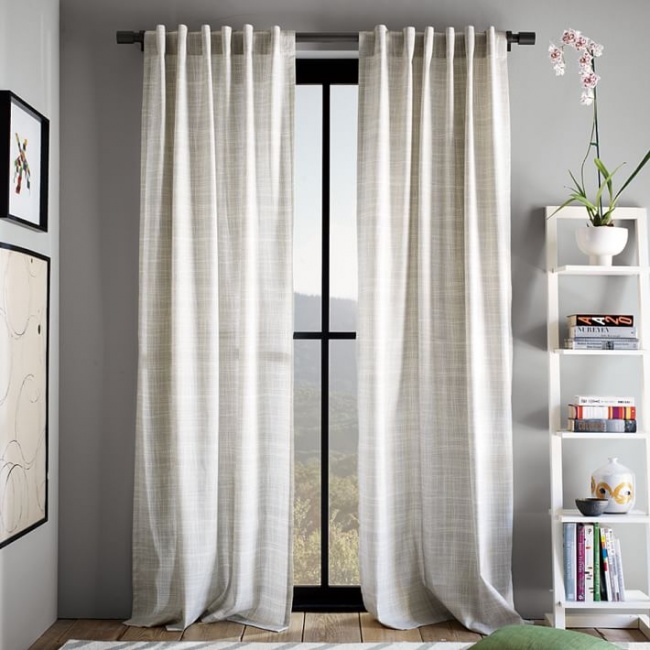
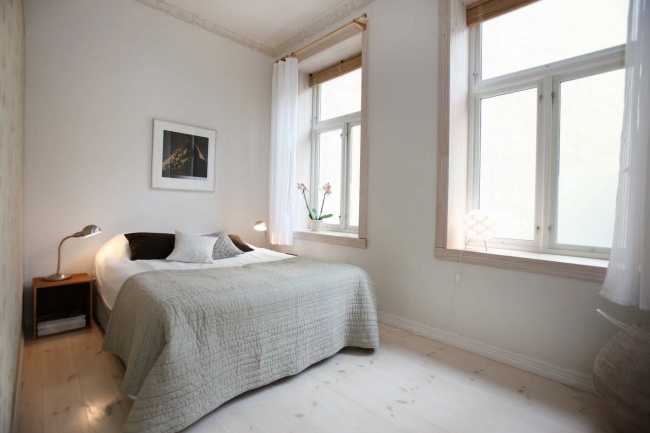
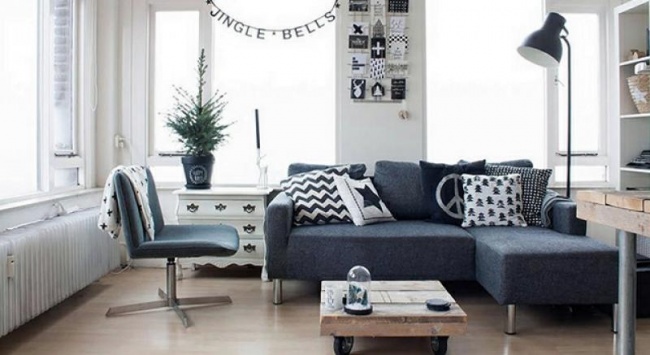
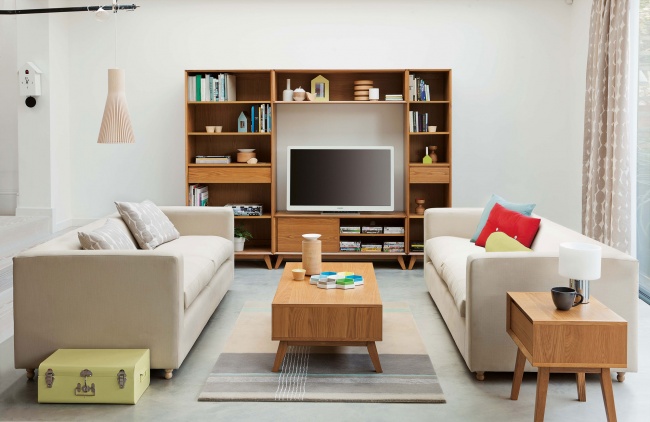
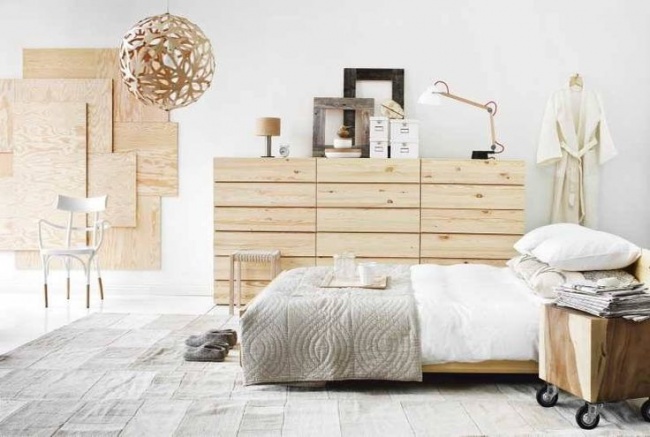
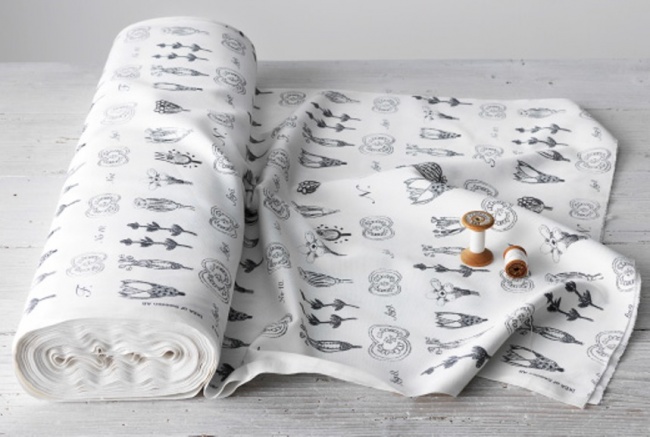
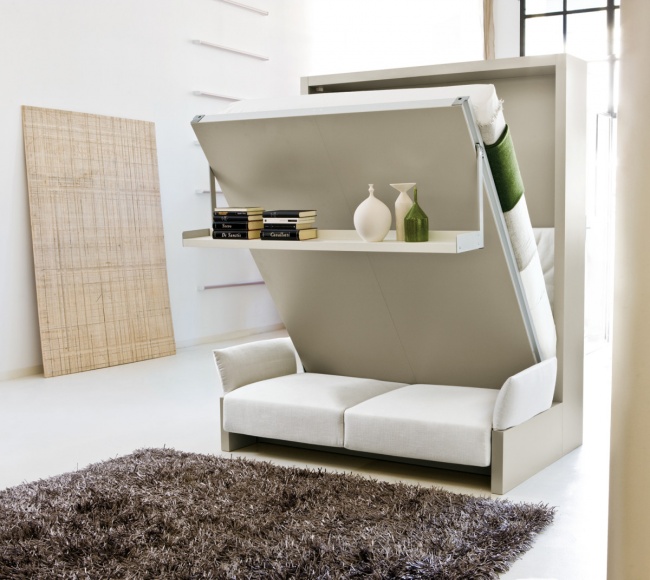
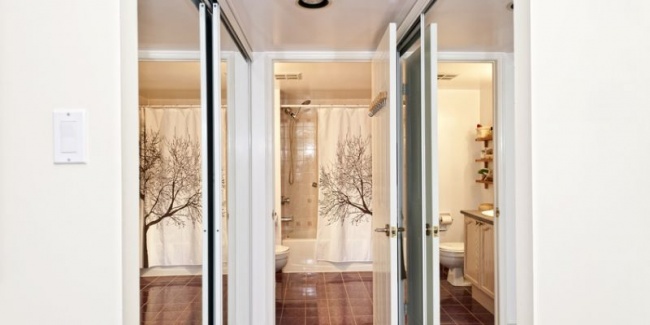
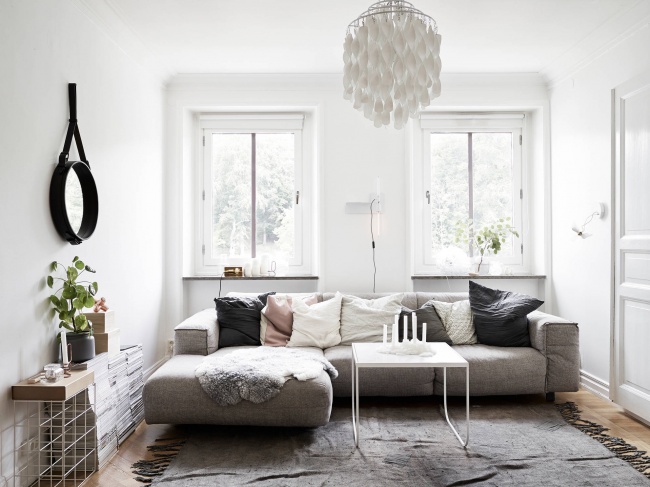
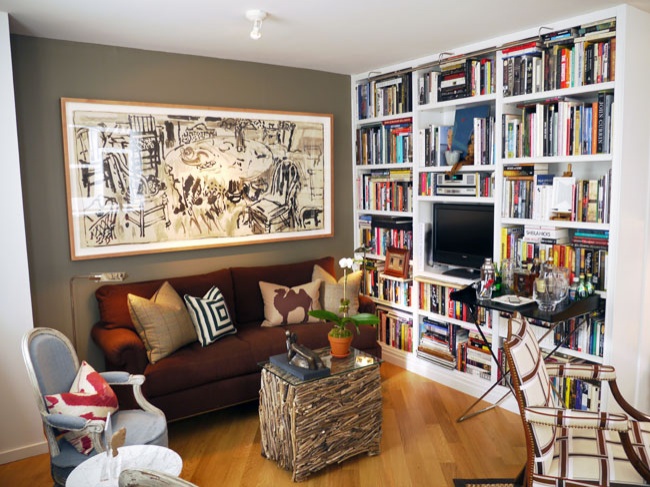
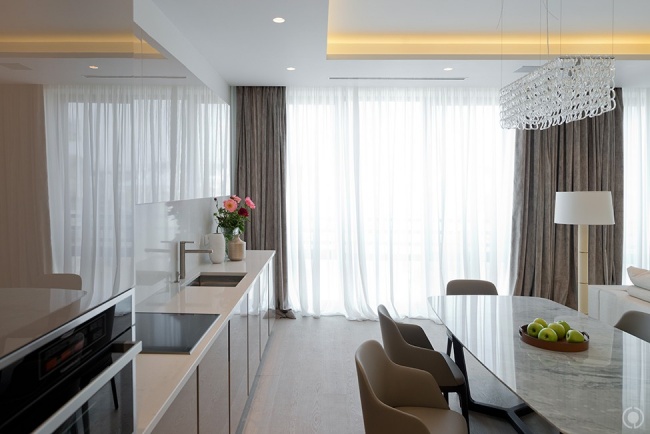
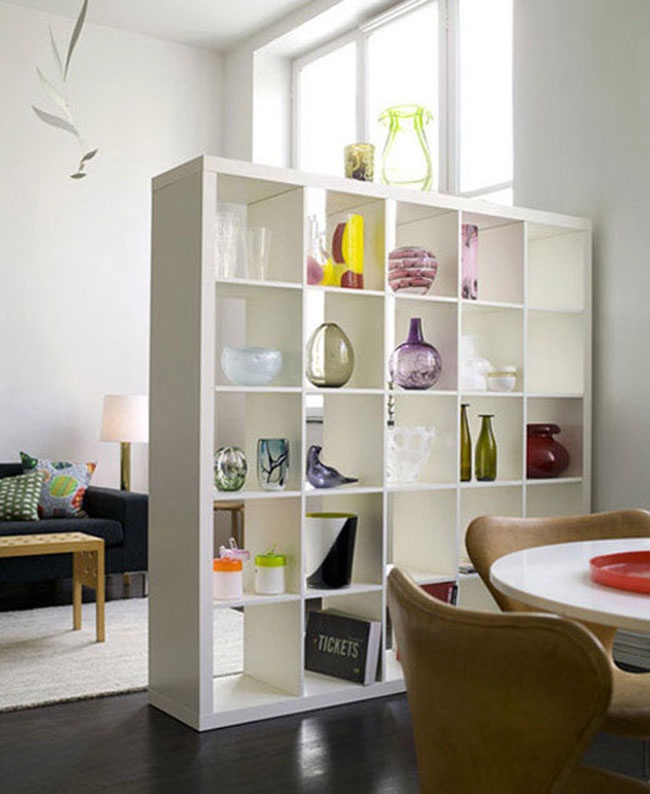
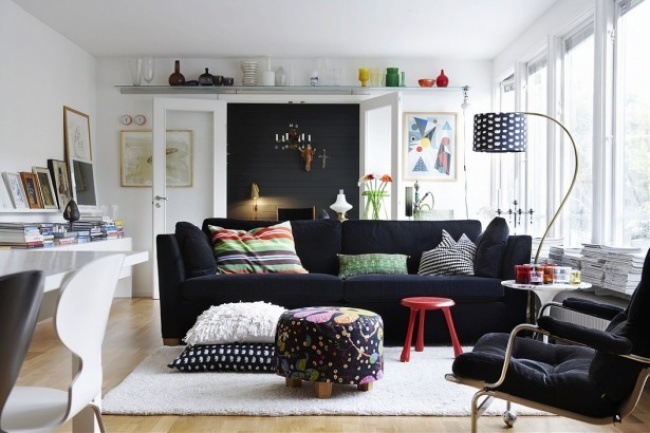
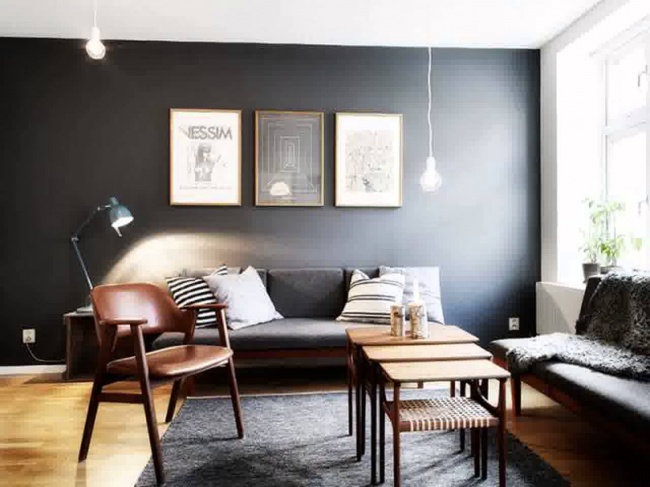
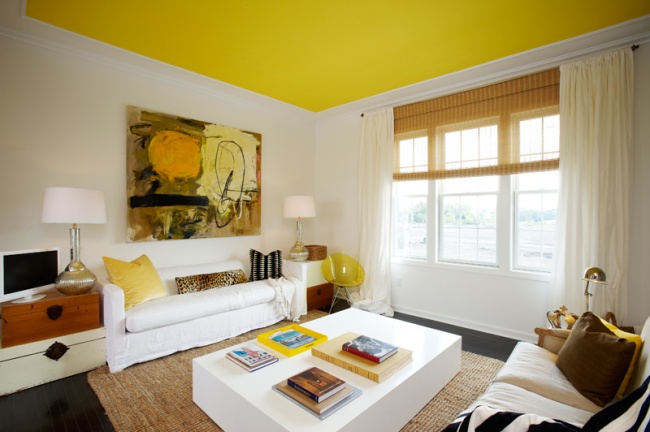
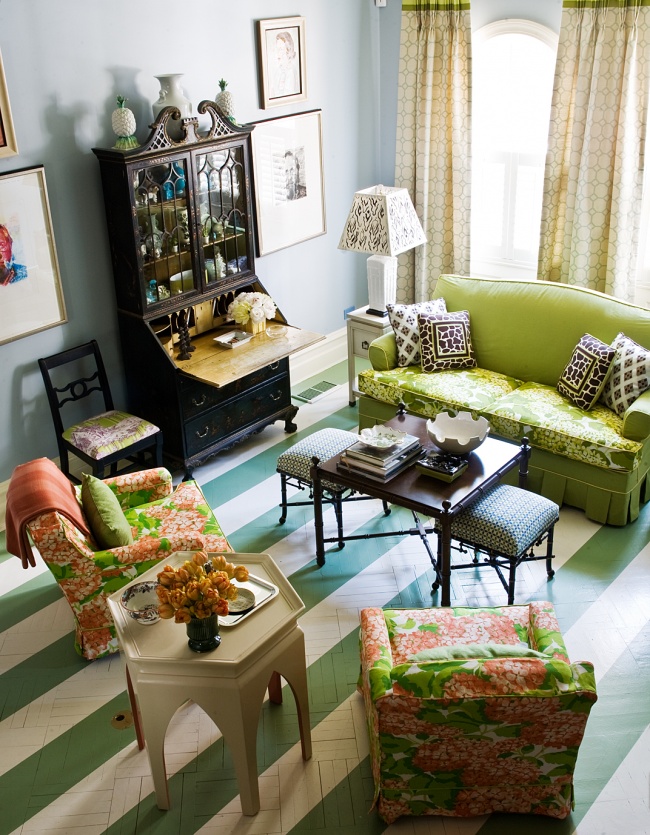
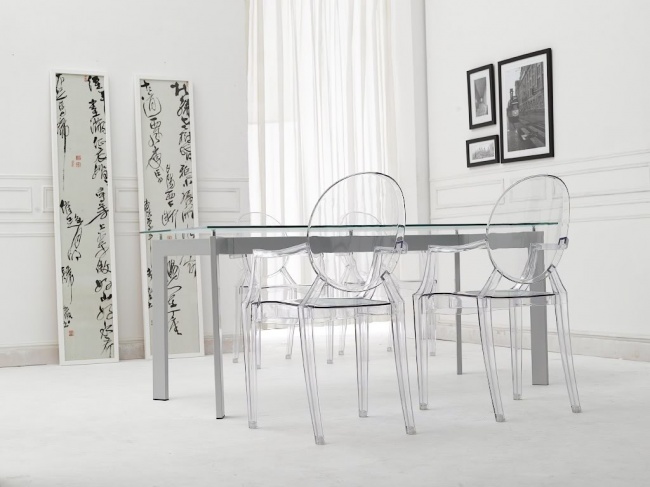
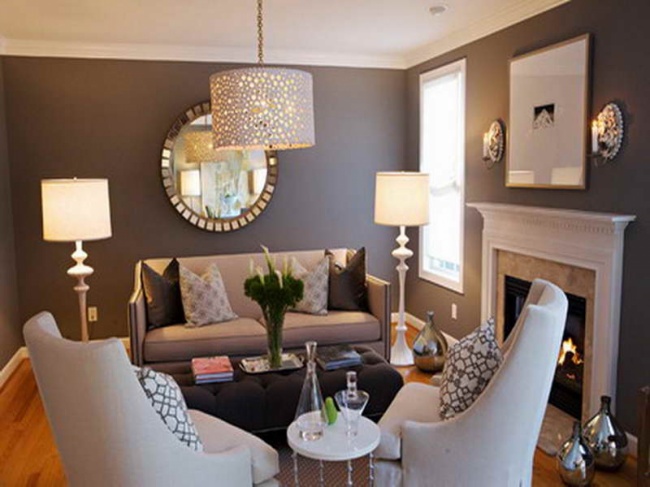
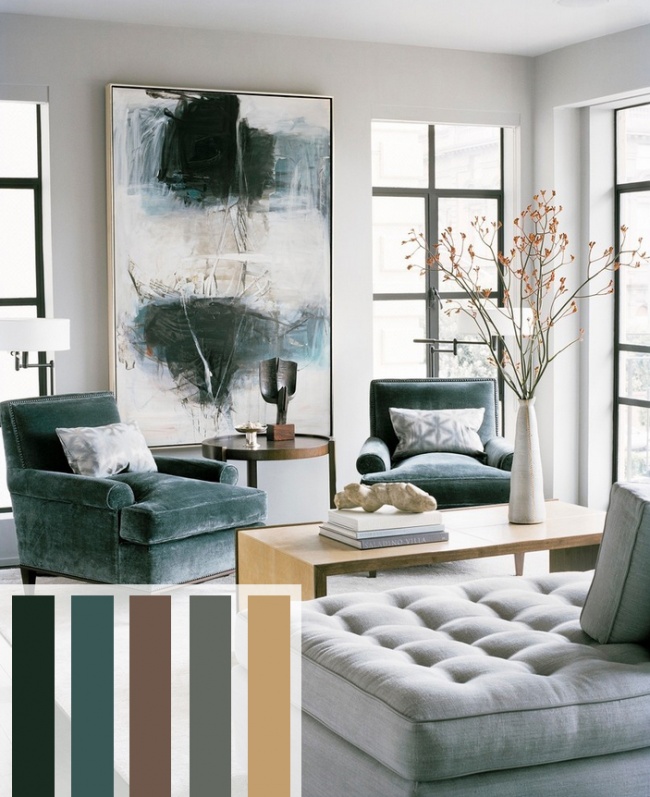









Discussion about this post